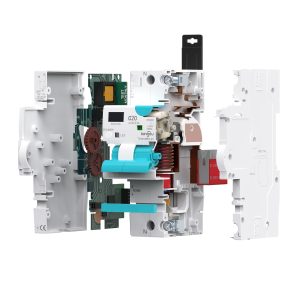
RCBO Trips at Night? Causes, Diagnosis, and Lasting Fixes
RCBO Trips at Night? Causes, Diagnosis, and Lasting Fixes Already know what an RCBO is? Great. This page skips the basics and focuses on nocturnal
If you’re getting your smart home ready, chances are you’ve already come across two familiar names — Tuya and eWeLink.
These two platforms power millions of smart devices around the world and have quietly become part of our everyday lives.
But when it comes to choosing between them — do you know which one truly fits your needs?
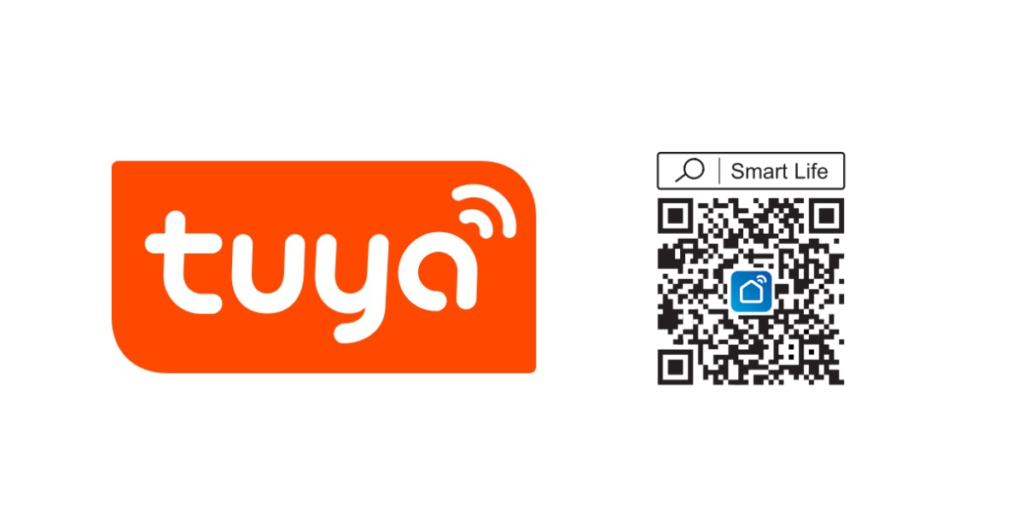
Tuya Smart Life APP Download
Tuya is a global IoT (Internet of Things) company whose Tuya platform provides technology solutions for manufacturers worldwide — including brands like Tongou. It helps them quickly build and deploy smart devices with ease.
For everyday consumers, Tuya Smart and Smart Life apps serve as the main control hubs, allowing users to manage their smart devices and access the custom features developed by manufacturers.
Unlike traditional brands, Tuya doesn’t sell products directly. Instead, it offers cloud infrastructure, app development tools, and device integration services that empower thousands of companies across the globe to create their own smart ecosystems.
When you see “Powered by Tuya” on a product — whether it’s a Tuya Smart Life Device, or camera — it means it connects through Tuya’s global cloud and app ecosystem.
-Vast ecosystem of compatible devices
-Polished, feature-rich mobile app (Tuya Smart Life app)
-Strong third-party integrations (Alexa, Google Home, IFTTT)
-Scalable platform trusted by manufacturers worldwide
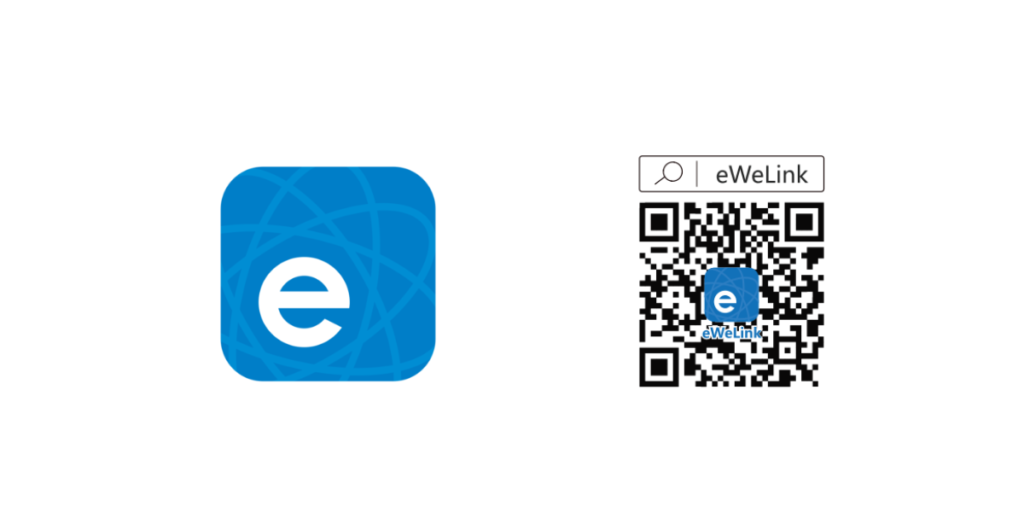
eWeLink APP Download
eWeLink is one of the most common platforms you’ll encounter in the smart home ecosystem. To put it simply, its mission is clear: to connect and control smart devices across different brands through a unified app and seamless integration.
Developed by Shenzhen Coolkit Technology Co., Ltd., eWeLink serves as a central hub for managing smart home devices, allowing users to link, control, and automate products from multiple manufacturers within one interface.
Core Positioning: Acts as a smart home management center that bridges and controls devices across brands.
Developer: Shenzhen Coolkit Technology Co., Ltd.
Core Functions: Remote control, automation, device sharing, scene linkage, and voice control.
Scale: Supports over 2,000 hardware partners, covering switches, lighting, curtains, sensors, and security products.
Technical Features: Actively supports Matter and major ecosystems like Google Home, Apple Home, and other mainstream smart home platforms.

Feature / Category | Tuya Smart Life | eWeLink |
Ecosystem Size | Works with hundreds of brands and thousands of smart devices. Perfect if you want wide compatibility and flexibility. | Built around SONOFF devices, but the ecosystem is growing quickly and becoming more open. |
App Interface | Sleek, modern, and easy for beginners—everything feels unified. | Simpler and DIY-friendly, great for users who like to customize their setup. |
Automation | Offers advanced automation with multiple conditions, scenes, and triggers. | Focuses on basic to moderate automation, enough for daily routines. |
3rd-Party Integrations | Works seamlessly with Alexa, Google Home, and IFTTT. | Also integrates with Alexa, Google Home, and IFTTT, offering similar flexibility. |
Local Control | Primarily cloud-based, with some hybrid support for faster response. | Strong LAN control, ideal for those who prefer offline or local access. |
DIY / Flashing | Possible but limited; best for users who stick to ready-made devices. | Easier for DIY enthusiasts and makers who enjoy tinkering. |
Security | Provides enterprise-level cloud security to protect your data. | Prioritizes local privacy and control, reducing cloud dependency. |
Developer Ecosystem | Backed by rich APIs and developer tools for brand innovation. | Supported by an active maker community that shares ideas and tutorials. |
If you want a platform that just works, Tuya Smart Life is ideal. Its vast compatibility means you can find almost any kind of smart device — from lighting to smart circuit breakers — and they’ll all work seamlessly through one app.
Setup is quick, and automations are intuitive yet powerful. For users building a connected home ecosystem with reliable cloud support, Tuya Smart Life offers simplicity, stability, and scalability.
If you love customization, eWeLink is the better fit. Many eWeLink smart switches and eWeLink smart circuit breakers can operate locally, even without the internet. You can integrate them with Home Assistant, customize automation logic, or flash open-source firmware.
For those who want control over every function and appreciate local reliability, eWeLink offers unmatched flexibility.
When it comes to smart electrical products — such as Tongou’s smart WiFi circuit breakers — both platforms offer powerful options.
-Tuya Smart Life provides more device variety, including advanced circuit breakers with real-time monitoring, scheduling, and energy analytics.
-eWeLink, on the other hand, enables local execution, which can be vital for safety-critical systems like power cutoff or surge response when internet connectivity is unstable.
In practice, your choice depends on whether you value broader device availability (Tuya Smart Life) or local reliability (eWeLink) more.
Take tongou’s wifi smart switch as an example. For more smart home information, please pay attention to subsequent blogs.

Before pairing, make sure your smart switch is properly wired and securely installed in the right spot. It should be within range of a stable Wi-Fi connection to ensure smooth setup and operation.
To begin pairing, press and hold the switch button for about 5–10 seconds until the indicator light begins to flash.
This flashing light shows that the device is ready to be connected.
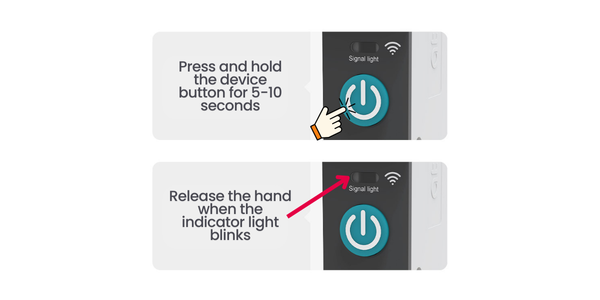
Next, enable Bluetooth and Wi-Fi on your phone, then open the Tuya Smart app.
Tap the “+” icon and choose “Add Device.”
The app will automatically start scanning for nearby smart devices.
When your smart switch appears in the list, select it to proceed.
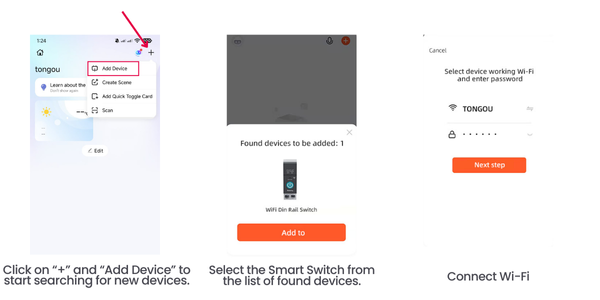
Enter your home Wi-Fi name (SSID) and password when prompted.
Then tap “Confirm” to begin the connection process.
The app will link your smart switch to the network — this may take a minute or two.
Once the connection is successful, you’ll see a confirmation on the app.
You can then rename the device for easy recognition — for example, “Living Room Switch” or “Bedroom Light.”

Johnson Lim is the General Manager of Changyou Technology and has over 10 years of experience in circuit protection technology and residential electrical safety. He is committed to developing and producing safer and smarter electrical products.

RCBO Trips at Night? Causes, Diagnosis, and Lasting Fixes Already know what an RCBO is? Great. This page skips the basics and focuses on nocturnal
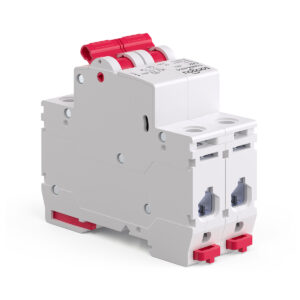
MCB B/C/D Curves in Practice: How Inrush Current Shapes Your Choice This guide assumes you already know what an MCB is. If you need a

SPD Coordination for Solar PV and EV Charging: Where to Place Type 1/2/3 Already know the difference between Type 1/2/3 and AC vs DC SPDs?

MCB vs MCCB: A Practical Guide to Icu/Ics and IEC 60898 vs 60947-2 This guide assumes you already know what a breaker is. If you

tongou was established in 1993 and is the trademark of Changyou Technology. We position ourselves as providers of intelligent product solutions for high and low voltage electrical systems, taking on solving customers’ pressures and challenges as our responsibility and creating value for them. We utilize intelligent products to serve global customers, making life smarter and more convenient to benefit your life.
Paidong Industrial Zone Qiligang,Yueqing City,Zhejiang province,China.
Sales: [email protected]
After-sales: [email protected]
© 2025 Changyou Technology. All Rights Reserved.

